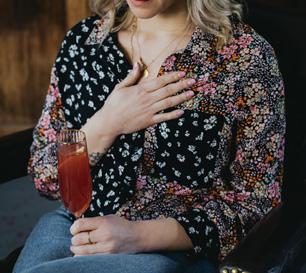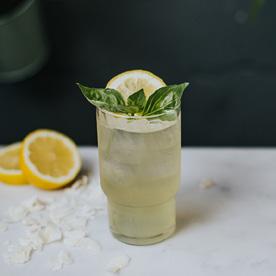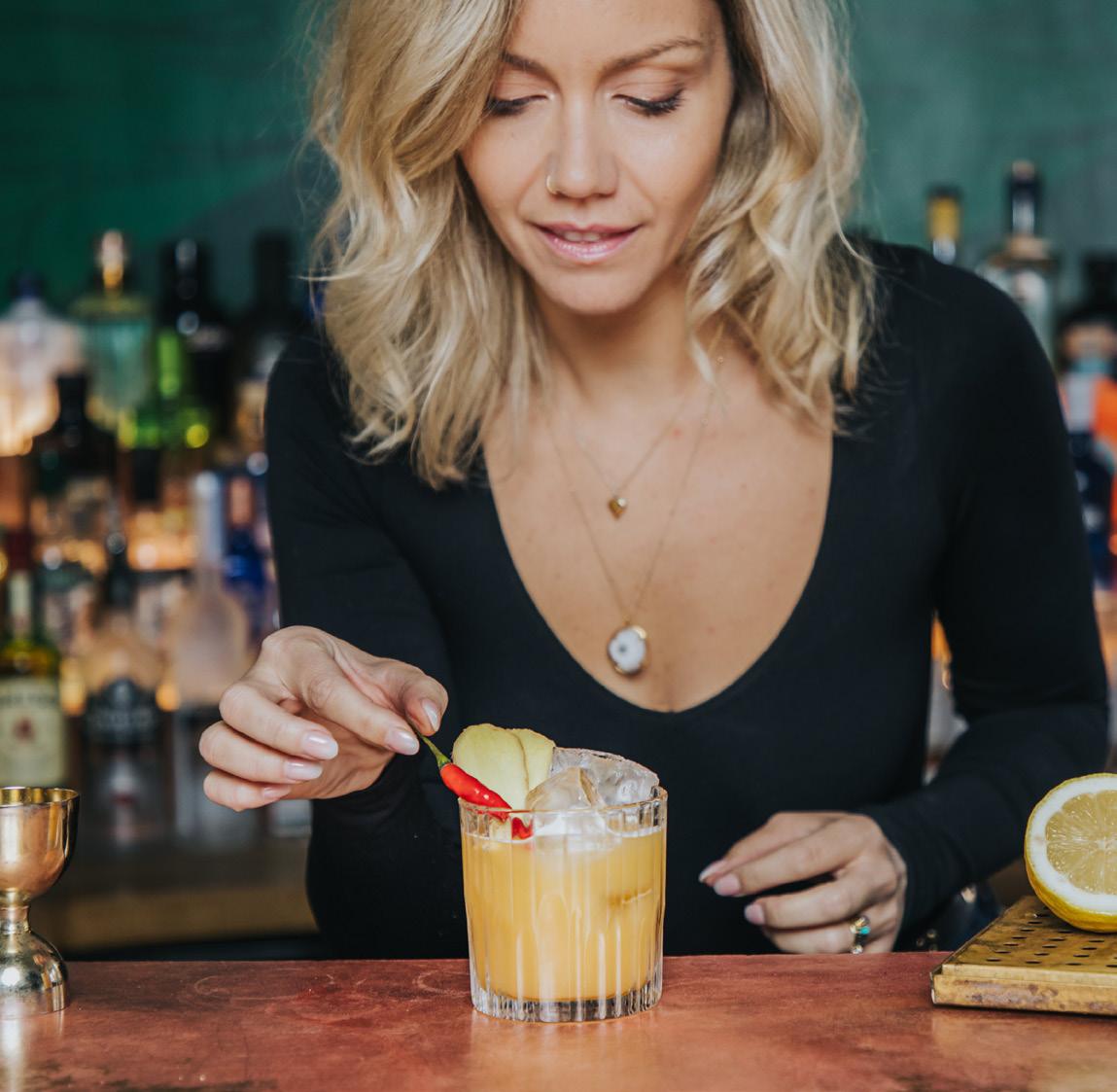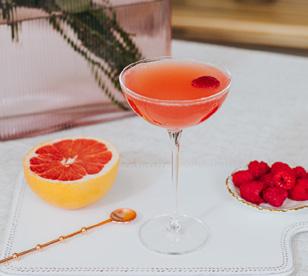
8 minute read
YEARS ONE CLASSIC COCKTAIL COUNTLESS VARIATIONS
THE BEGINNING
The year is 1948 and renowned Dallas socialite Margarita Sames is enjoying a holiday in Acapulco, Mexico. At one of her elegant gatherings, she has a fancy to serve the guests with a drink that’s an exquisite mix of two of her favourite spirits, Cointreau and tequila, with a dash of lime juice.
Advertisement
Little did she know what she’d created. A delicious drink that bears her name and is still being enjoyed around the world some 75 years later.
THE CLASSIC THAT’S ALWAYS CONTEMPORARY Creativity, from fashion to music, art to architecture, is often driven by beautiful simplicity. The Margarita is the perfect example. Just three ingredients and a little garnish.
But as with all classic cocktails, the quality of the ingredients makes the ultimate difference. When the original
The Uk Winning Margarita
Fragaria
30ml Cointreau
20ml blanco tequila
15ml joven mezcal
10ml lacto fermented strawberry
10ml coconut cream
Smoked with cherry wood
Candy floss garnish
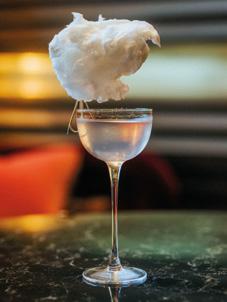
Method: Shake ingredients over ice and strain into a chilled margarita glass which has been smoked with cherry wood. Garnish with candy floss.
Look out for the beautiful new Cointreau bottle
PLEASE ENJOY RESPONSIBLY
Margarita was served 75 years ago to those fortunate guests, it would have been made with the very best tequila available. Today the same holds true, with the drink calling for a premium blanco tequila. Similarly, the lime juice should be extracted from perfectly ripe fruit.
Then there’s the third ingredient. Cointreau. Created in 1885, this deceptively clear liqueur is a distillation of bitter and sweet orange peels, resulting in over 40 aromas, including lavender, black pepper, toffee, musk and anise. And recognised the world over in its distinctive bottle (beautifully reimagined in 2022).
It is the Cointreau that brings balance, depth and freshness to the Margarita, as it does to more than 300 other cocktails. And it is this simple yet classic combination of Cointreau, premium tequila and lime juice that continues to delight today.
But it also invites intriguing experimentation and beautiful evolution…
THE MARGARITA – 62 VARIATIONS AND COUNTING
With the classic recipe as its base, the Margarita has inspired countless variations. Just take a look at the Cointreau website.
Here we discover that a Margarita can change with the seasons. For spring, lengthen with some grapefruit soda; summer calls for strawberries; in autumn, replace the tequila with warming mezcal. And in winter? Serve warm with cinnamon and cloves.
This, though, is just the beginning. Feeling luxurious? Top with Champagne and garnish with a rose petal. Or add a little coffee syrup for an Espresso Margarita. The Basil Garden Margarita takes the drink in yet another direction with the addition of a fresh herb and invigorating, sparkling apple cider. There are variations with blood orange juice, pineapple, papaya and jalapeño, ginger and mint. And even a playful version inspired by its (almost) similarly named relation, the Margherita pizza, with sun-dried tomatoes and anchovy-infused tequila. You get the idea. Served straight up in classic cocktail style, on the rocks, refreshingly long or, of course, frozen… the Margarita, with Cointreau at its heart, is limited only by imagination.
The Cointreau Margarita Challenge
More extraordinary twists on the recipe can be discovered at the Cointreau Margarita Challenge, now in its third year. Bartenders around the world have been busy conjuring up their new interpretations of the Margarita. In one tempting example, the UK winner Alex Holmes, from Tabula Rasa in Leeds, created Fragaria, which includes lacto fermented strawberry and coconut cream. And soon the global winning recipe will be revealed, adding yet another Cointreauinspired Margarita to the family.
Join In The Celebration
However you like your Margarita, join us in raising a glass on the 75th anniversary of this extraordinary Cointreau-inspired cocktail!
For full details of all the Cointreau Margarita variations see cointreau.com
Keep It Classic
Classic Margarita
30ml Cointreau L’Unique 50ml blanco tequila
20ml fresh lime juice
Lime wheel garnish
Method: Shake all the ingredients over ice and strain into a chilled Margarita glass rimmed with salt. Garnish with a lime wheel.
Scan the QR code to see Alfred Cointreau, part of the sixth generation of the Cointreau family, make a perfect Classic Margarita




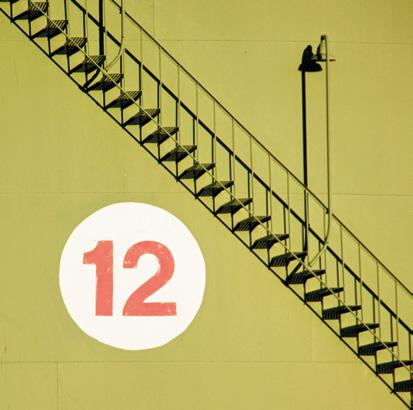
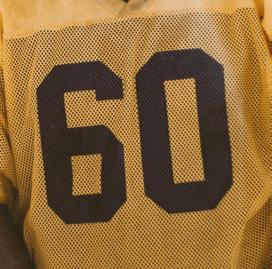
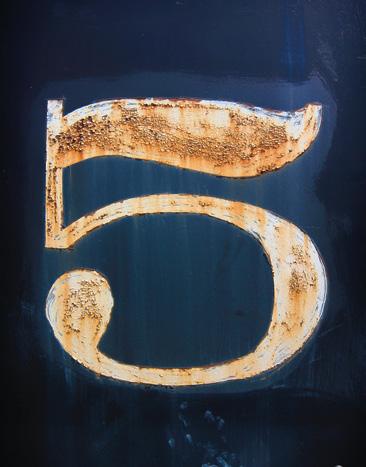

Claire Warner gets serious about the numbers that matter in drinks: it's all about the ABVs

When it comes to food and drink, numbers are everywhere. As measurements in recipes, drink ratios, temperatures and, whether you love it or loathe it, as the ‘helpful’ calorie content of a sandwich or Sunday lunch. Regardless of how you feel about the latter, numbers are mostly intended to be helpful, useful or instructive. They provide information and – in the case of calories – give us greater control over what we choose to consume.
But, when it comes to how much alcohol we do or don’t want to consume, things can get a little hazy. Do you want double proof, overproof, barrel strength, low ABV, ultra-low, zero proof, nonalcoholic, alcohol free or perhaps just a standard drink? But what about there being ‘no safe limit’, ‘drinking less but better’, ‘knowing your limit’, ‘drinking mindfully’ and being ‘drink aware’? Suddenly, you can begin to understand why so many of us find it tricky to navigate the numbers and figure out which measurements really matter.
Knowing how much alcohol is in a drink is important because this information allows us to measure and moderate our alcohol consumption. For any drink containing alcohol, its ABV – or alcohol by volume – must be clearly displayed on the label or bottle of the beverage. This information is so important that even drinks that don’t contain any alcohol will advertise their ABV, even if it’s 0% or less alcohol than you might find in a ripe banana or loaf of bread!
So, what is ABV and how does it relate to your drinks?
ABV is a measure of how much alcohol is contained in a beverage and expressed as a percentage. For example, a beer with an ABV of 5% contains 5% alcohol by volume. In comparison, a vodka with 40% ABV contains more alcohol by volume and is therefore much stronger than a 5% ABV beer.
Historically, ABV can be traced back to the early days of alcohol production where various unstandardised methods were used to determine the alcoholic strength of drinks. Different regions used different approaches, and as alcohol production and the trading of alcohol became more widespread, it became necessary to have a standardised method of measuring alcohol content, mainly so that tax was paid according to the level of alcohol within said beverage.
Perhaps one of the earliest methods was the proof system, which was first used in England in the 16th century. This method was based on the principle that if a gunpowder-soaked pellet could ignite when placed in a sample of alcohol, then this was ‘proof’ that the liquid contained a certain amount of alcohol.
As you can imagine this system was not very precise, and it was eventually replaced by what we now call the ABV system. This is also called the Gay Lussac or GL system, named after the French chemist and physicist Joseph Louis Gay-Lussac (1778-1850) who is known for his work on alcohol-water mixtures. Gay-Lussac devised a way of measuring the quantity of alcohol by volume for the French wine industry – a method that was then extended to other French spirits such as brandy, cognac and armagnac. Its precision led to it being adopted by many countries, with the exception of the United States where the term ‘proof’ remained in use. In 1848, 50% ABV was chosen as a baseline and 100 was set as its corresponding ‘proof’; thus, in the US, the proof is double the ABV.
Today, alcohol strength is globally measured according to terms framed by the Metre Convention. Signed by 17 nations in May 1875, it set the framework for global collaboration in the science of measurement. Without it, our cocktails
(and incalculable other measurements) would be in disarray, so there’s a strong case for adding World Metrology Day (20 May) to your calendar of cocktail celebrations!
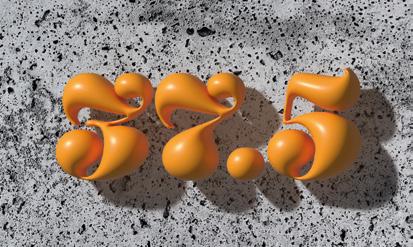
How much should we be consuming?
But where does this leave our understanding of how much alcohol we can and should be consuming? While ABV is an important measure for those of us who want to know how much we’re drinking so that we can measure or modify our consumption, it is still a confusing system to truly get to grips with. This is where alcohol units come in.
First introduced in the UK in 1987, alcohol units are a standardised way of measuring the amount of pure alcohol in a drink. While ABV measures the percentage of alcohol by volume, alcohol units consider both the volume of the drink and its ABV, providing a more accurate representation of the amount of alcohol being consumed. Designed to help us better track and monitor our alcohol intake, they’re also helpful in allowing us to compare the strength of different drinks.
One alcohol unit is defined as 10ml of pure alcohol, which is equivalent to approximately one 25ml shot of spirits or half a pint of lower-strength beer; a small (125ml) glass of wine comes in at around 1.5 units*. The number of alcohol units in a drink is calculated by multiplying the volume of the drink (in ml) by its ABV percentage, then dividing by 1,000. For example, a 175ml glass of wine with an ABV of 12% contains 2.1 units of alcohol: (175 x 12) ÷ 1,000 = 2.1. As a reminder, men and women are advised not to exceed 14 units of alcohol per week, and this consumption should be spread across several days rather than consuming all of the weekly allowance in one or two sittings.
While this standardised approach is designed to be easier to understand, it still creates confusion and many of us find the system tricky to remember and navigate. Even the Office for National Statistics acknowledges the difficulty of accurately representing self-reported alcohol consumption as many of us either deliberately underestimate, or simply don’t understand how to accurately count or track what we’re consuming. One helpful resource is the Drinkaware website, which has tons of useful tools to make counting units easier.
Different strokes for different folks
It’s worth noting that much of the guidance around recommended consumption does not take into account the way that people metabolise alcohol. Differences in body size, body composition and the activity of certain enzymes involved in alcohol metabolism all have an impact. In addition, hormones can interfere with alcohol absorption, with higher levels of oestrogen resulting in some women experiencing the effects of alcohol for longer periods of time.

Numbers, while informative, really only tell part of the story. In food, they might advise on energy and nutrition, but they don’t tell us about whether we’ll enjoy the food, or whether it will fit our mood for that day. Equally, diminishing drinks to their alcohol content can only provide a part of the picture, not whether the drink will be well balanced, or even more complex than the next. It can help to determine how many drinks we can have, but it’s incumbent upon us to get to know how many is right for us, right now. One of the reasons that the standardisation of alcohol units and ‘responsible levels’ of consumption gets tricky is because we’re not a ‘standard’ species.

You don’t need me to tell you that today, more than ever, there are so many delicious options at various ABVs and that choice is a beautiful thing. Getting to know your numbers, finding something delicious to drink when you’re not drinking, or really savouring something stronger when you’re in the mood has never been easier. So, the next time your doctor asks how much you drink, answer accurately. Your health, and the Office for National Statistics, will thank you.
